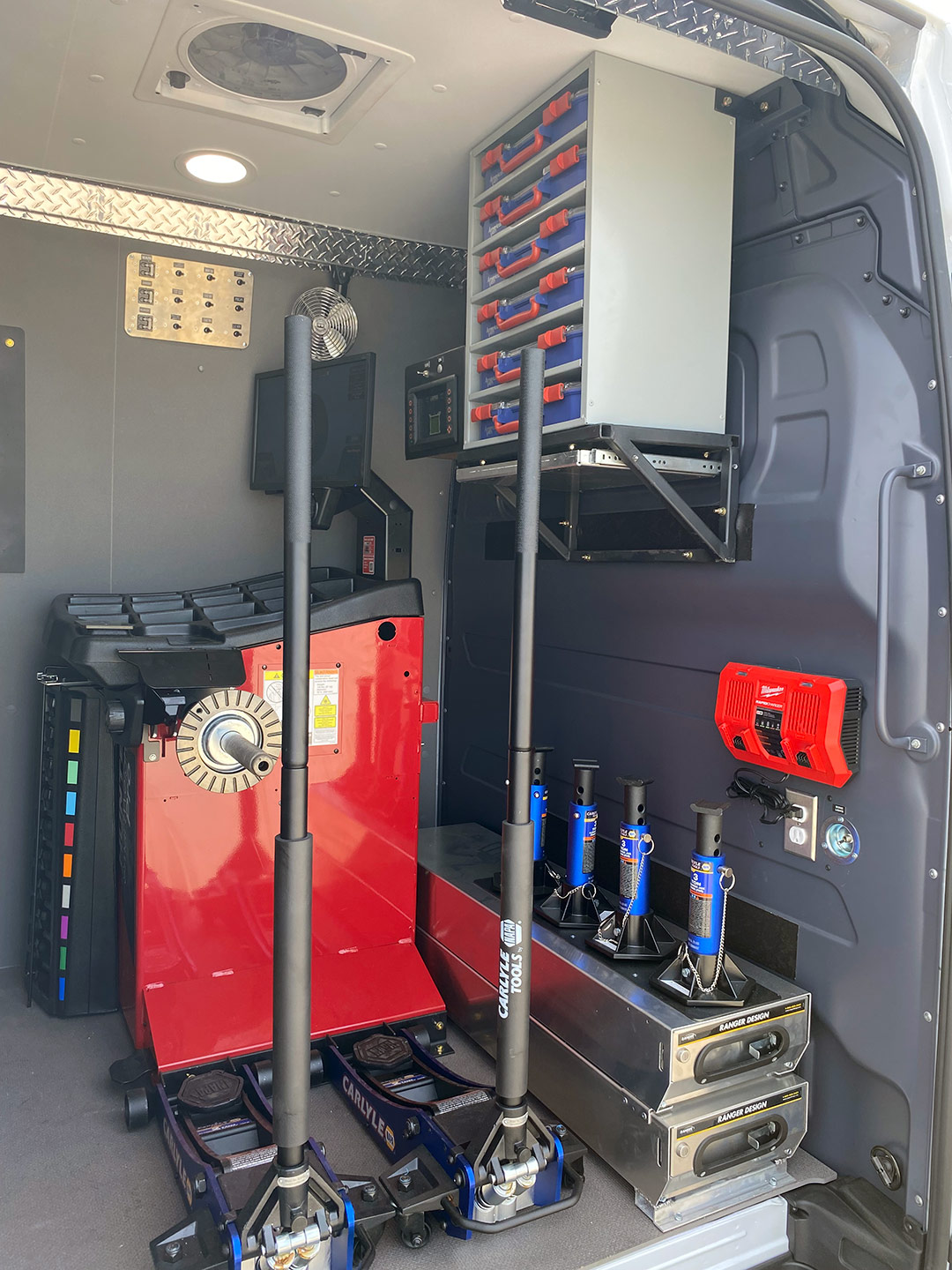Specialist Mobile Tire Repair in Las Vegas - Rapid Service Ensured
Tire Service: Proven Methods for Ideal Tire Maintenance and Care
Preserving optimum tire condition is extremely important for both security and performance of any type of car. From making sure proper tire pressure to regular turning and positioning, there are proven methods that can considerably extend the life expectancy of your tires and boost general driving experience. As we discover the details of tire care and upkeep, we will certainly discover vital guidelines that every vehicle proprietor need to abide by for the very best possible outcomes. Let's look into the globe of tire solution and find the secrets to keeping your tires in excellent form for the long run.
Importance of Tire Stress
Sufficient tire stress advertises better fuel efficiency, as under-inflated tires can lead to raised rolling resistance, causing the engine to work tougher and consume even more gas. Proper tire pressure makes certain even tread wear, enhancing tire longevity and conserving money in the long run by postponing the need for premature substitutes. Frequently adjusting and checking tire pressure, especially before lengthy journeys, is a simple yet efficient means to enhance car performance, expand tire lifespan, and prioritize safety on the roadway.
Tire Turning Standards
When thinking about tire turning standards, it is vital to comprehend the significance of this maintenance job in maximizing tire lifespan and maintaining optimal automobile efficiency. Tire turning involves changing the position of each tire on an automobile to make sure also walk wear. Front tires have a tendency to wear extra swiftly than rear tires as a result of steering pressures, making routine turning vital for balanced wear patterns. The advised turning pattern varies depending on whether an automobile is front-wheel, rear-wheel, all-wheel, or 4x4. Typically, tires need to be rotated every 5,000 to 7,500 miles, or as suggested in the automobile handbook. Overlooking tire turning can bring about unequal wear, impacting handling, grip, and possibly compromising car safety. By adhering to proper turning guidelines, motorists can expand the life of their tires, improve gas efficiency, and enhance general driving experience. Routine rotation is a straightforward yet effective upkeep method that contributes considerably to tire longevity and vehicle performance.

Advantages of Wheel Placement
Making sure proper wheel alignment after tire rotation is critical for preserving balanced wear patterns and optimizing car performance. In addition, right wheel positioning assists to prolong the life expectancy of your tires. Misaligned wheels can create unequal tire wear, leading to premature tire replacement and raised maintenance costs.

Tire Footstep Depth Check
Carrying out a regular inspection of tire step deepness is essential for keeping safe driving problems and prolonging the life-span of your tires. The step on your tires plays a vital role in supplying traction, particularly in unsafe or wet problems. To examine your tire step depth, you can make use of a walk depth scale or the penny examination. The suggested tread deepness is at least 2/32 of an inch. If the walk depth is listed below this threshold, it is time to change your tires to make certain ideal performance and safety when driving. Irregular walk wear can indicate problems with tire suspension, stress, or placement, highlighting the significance of routine read the full info here tread depth checks. Ignoring to keep track of and keep appropriate walk deepness can lead to decreased hold, longer stopping distances, and an enhanced danger of hydroplaning. By integrating tire step deepness check out your routine maintenance timetable, you can drive with self-confidence knowing that your tires remain in top problem.
Seasonal Tire Evaluation
Seasonal tire inspection is a fundamental facet of tire upkeep that makes certain tires are all set to face the difficulties presented by different weather conditions. In prep work for winter season, it is vital to check the tire stress frequently as cool temperatures can trigger tire stress to go down. By performing regular seasonal tire assessments, motorists can prolong tire life expectancy, improve fuel efficiency, and most importantly, make certain a secure driving experience in varying weather problems.
Conclusion
In conclusion, maintaining correct tire stress, turning article tires frequently, straightening wheels appropriately, monitoring step deepness, and conducting seasonal assessments are crucial practices for optimal tire treatment. By adhering to these verified approaches, drivers can ensure their tires last longer, execute far better, and add to general vehicle safety. It is essential to prioritize tire maintenance to stop crashes, boost gas performance, and lengthen the life expectancy of tires.
Sufficient tire pressure promotes better fuel efficiency, as under-inflated tires can lead to increased rolling resistance, triggering the engine to function tougher and eat more fuel.When considering tire turning guidelines, it is essential to understand the importance of this maintenance task in optimizing tire life-span and maintaining optimal automobile performance. Seasonal tire evaluation is an essential element of tire upkeep that makes sure tires helpful resources are all set to face the obstacles positioned by different weather condition conditions. By performing routine seasonal tire evaluations, drivers can prolong tire life-span, enhance fuel effectiveness, and most significantly, guarantee a safe driving experience in differing climate conditions.
In conclusion, keeping proper tire pressure, rotating tires on a regular basis, lining up wheels appropriately, keeping an eye on tread deepness, and performing seasonal inspections are essential methods for ideal tire treatment.